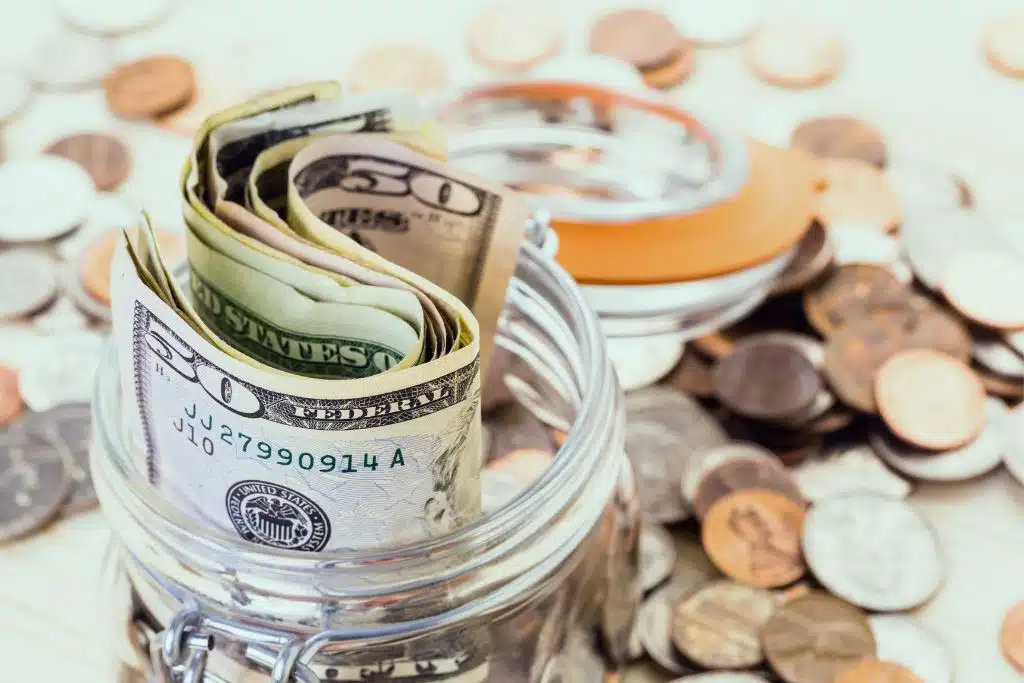How to Build an Emergency Fund
Building an emergency fund is the first step toward financial peace of mind. This guide walks you through how to start, grow, and protect your safety net—no matter your income or situation. Learn practical steps to get started, stay motivated, and handle unexpected expenses with less stress.

- Nearly 60% of Americans can’t cover a $1,000 emergency from savings.
- Emergency funds help you avoid debt and late payments when life throws a curveball.
- Saving even $10–$25 a week can quickly add up over time.
- Keeping your fund in a separate, easy-access account prevents temptation.
- Start small—consistency matters more than amount.
How to Build an Emergency Fund: Step-by-Step
-
Set a Realistic Starter Goal
Begin with a target that feels doable, like $500 or one month’s expenses. -
Open a Separate Savings Account
Keep emergency savings apart from regular spending to avoid temptation. -
Make Saving Automatic
Set up direct deposit or auto-transfer from your paycheck. -
Find Small Ways to Save
Skip a takeout meal, sell unused items, or cut a small recurring expense. -
Grow Your Fund Gradually
Increase your contributions when possible—after a raise, a bonus, or paying off a bill. -
Use It Only for Real Emergencies
Car repairs, medical bills, or job loss count—not vacations or shopping. -
Replenish After Use
If you tap your fund, make a plan to build it back up.
What to Expect When Building Your Emergency Fund
- Progress might feel slow at first: Small, regular deposits are the key—consistency matters more than amount.
- Temptation to use funds will come: Stay disciplined and use your fund only for true emergencies.
- Even a small fund brings relief: Having just a few hundred dollars set aside can lower stress and anxiety.
- Reaching your first milestone feels empowering: Hitting $500 or $1,000 motivates you to keep going.
- Your fund will grow over time: Stick with it, and you’ll build a solid financial safety net.
Pro Tips & Common Mistakes to Avoid
- Give your emergency fund a nickname: Naming your fund (like “Peace of Mind Fund”) helps you stay motivated.
- Celebrate hitting milestones: Reward yourself for reaching goals like $250, $500, or $1,000.
- Keep your fund out of sight, but easy to access: Use a separate savings account for emergencies only.
- Don’t set your first goal too high: Start small with a realistic, winnable target and grow from there.
- Avoid dipping in for non-emergencies: Only use your fund for true emergencies and always make a plan to rebuild after using it.
From Debt to Prepared: William’s Emergency Fund Journey
William, a 47-year-old warehouse supervisor, was tired of relying on credit cards whenever life threw him a curveball. After a string of small emergencies turned into bigger debt, he decided to make a change and start his own emergency fund.
He opened a separate savings account and set up an automatic transfer for $15 a week. The fund grew slowly at first, but as William stuck with the routine, his confidence grew too. He celebrated each milestone—$250, $500, then $800—knowing he was building a real safety net for the first time.
The result? When his car broke down unexpectedly, William used his emergency fund instead of adding to his credit card balance. The peace of mind he felt was worth every small step along the way.
Frequently Asked Questions
How much should I save in my emergency fund?
Where should I keep my emergency fund?
What counts as a real emergency?
What if I can’t save much right now?
What should I do if I need to use my fund?
Ready to Build Your Emergency Fund?
No matter your income or situation, Money Fit’s certified counselors can help you set realistic goals, make saving automatic, and find extra ways to grow your safety net—so you’re ready for whatever comes your way.
Talk to a Counselor
About the Author
Rick Munster is a personal finance expert and author with over 23 years of experience in the credit counseling industry. He currently serves on the board of directors for the Financial Counseling Association of America and has published more than 250 articles on personal finance. Over the course of his long-standing career at Money Fit, a nonprofit credit counseling organization, Rick’s insights have been featured by several news outlets on topics such as credit counseling, debt management, and financial education.
